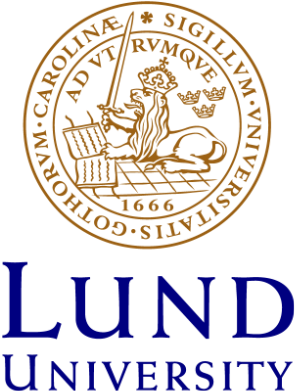Neutralinonucleon interaction in the split susy scenario of the dark matter
The split SUSY scenario with light Higgsino states is treated as an application to the dark matter problem. We have considered the structure of the neutralinonucleon interaction and calculated cross-section of the neutralinonucleon scattering. The decay properties of the lightest chargino and next lightest neutralino are analyzed in details.
